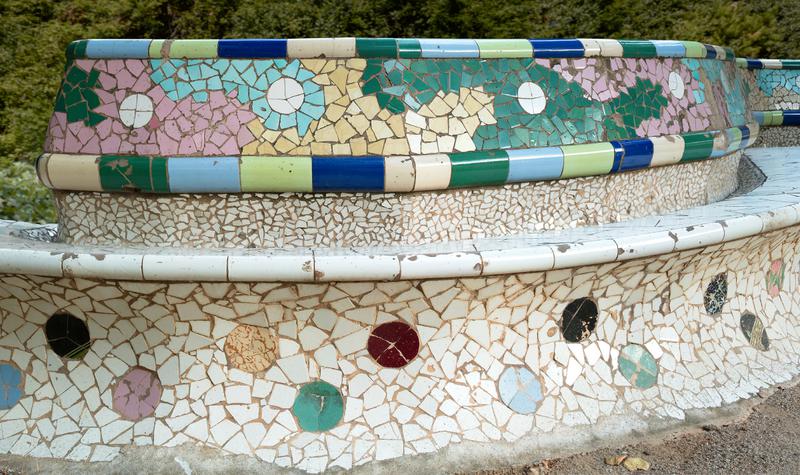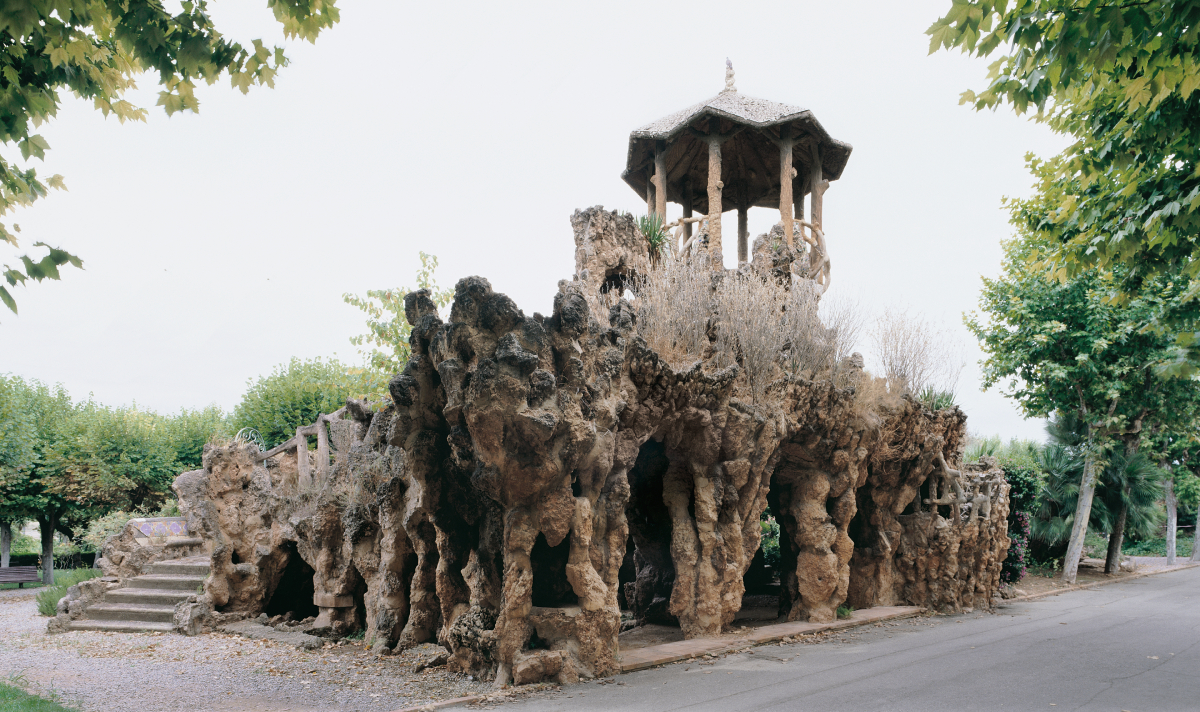New exhibition sheds light on Antoni Gaudí's secret 'testing ground'
Modernist gardens in an old psychiatric hospital resemble Sagrada Família, Park Güell and Casa Milà

The gardens of the Sant Joan de Déu Health Park in Sant Boi de Llobregat, on the outskirts of Barcelona, are home to a modernist architectural collection that has remained largely unknown and without recognized authorship.
Nearly a century after its construction, the modernist garden has recently been attributed to Catalan architect Antoni Gaudí, and a new exhibition at the National Museum of Science and Technology of Catalonia (MNACTEC) in Terrassa sheds light on this little-known masterpiece.
The modernist garden, which Gaudí likely used as a "testing ground" for his future works, was built between 1903 and 1912 on the site of the old Sant Boi psychiatric hospital.
The garden features grottoes, lakes and benches decorated with trencadís, Gaudí's iconic broken-tile mosaics, and contains architectural elements that are strikingly similar to some of his most important works, such as the Sagrada Família basilica.
The Cave-Waterfall, built in 1906, incorporates a structural system analogous to the transept and side aisles of the Sagrada Familia, an innovative architectural feature at the time.

The viaduct of the Cave-Waterfall also bears many similarities to those in Park Güell, while the trencadís mosaic benches in the garden, built in 1912, are comparable to the serpentine bench in Park Güell, completed two years later.
The exhibition is based on the extensive doctoral research of David Agulló - an architect, researcher and curator of the exhibition - who has spent more than 20 years studying the site to confirm Gaudí's authorship.
"These are unprecedented structures in the history of architecture, depicted in a rudimentary form, but created before Gaudí began to conceive the structures of the ailes of the Sagrada Família," he said.
Why was Gaudí's authorship hidden?
There are several reasons that explain why this work was not previously associated with Gaudí, and why the authorship was "deliberately" hidden.
One significant reason was the complex and tumultuous reality of the era, culminating in the popular uprising known as the Tragic Week.
During this period, magazines satirized Gaudí, which might have led to the concealment of this work, dedicated to the Virgin Mary.
Additionally, the garden was created in a psychiatric hospital at a time when mental health was heavily stigmatized. Gaudí, a member of the Catalan bourgeoisie, likely did not want to be associated with it, Agulló explains.
The Spanish Civil War also played an important role. The psychiatric hospital was occupied by the CNT militia and later by the Francoist general Juan Yagüe, which led to the loss of papers and documents that could attribute authorship to the garden.
Moreover, the involvement of patients and possibly children in the garden's construction may have contributed to its lack of recognition in the history of architecture.
The area in Sant Boi where the modernist garden is located is currently being restored with the aim of opening it to the public in the future.